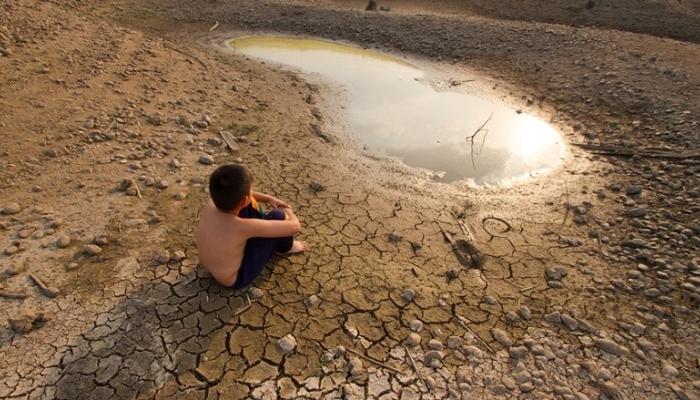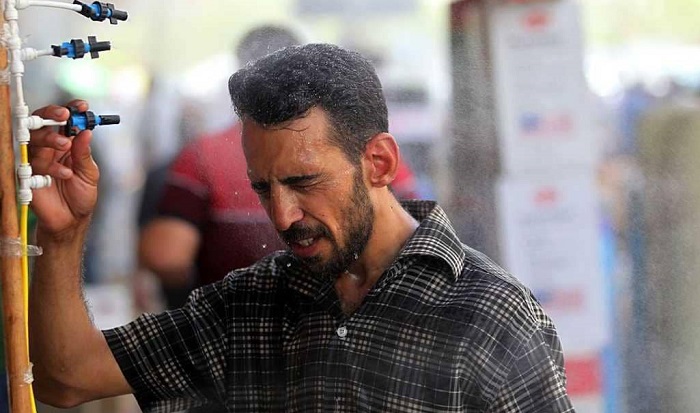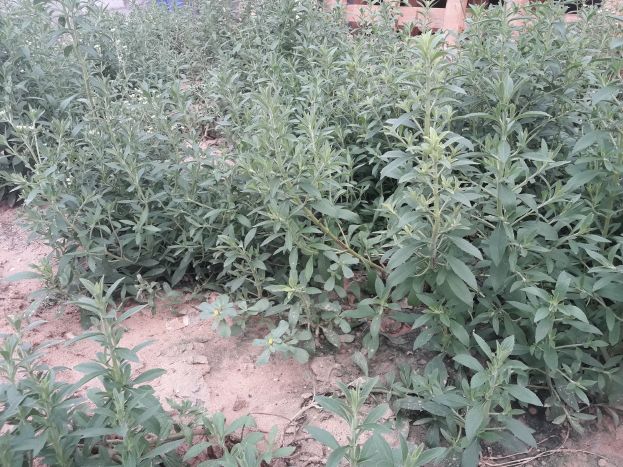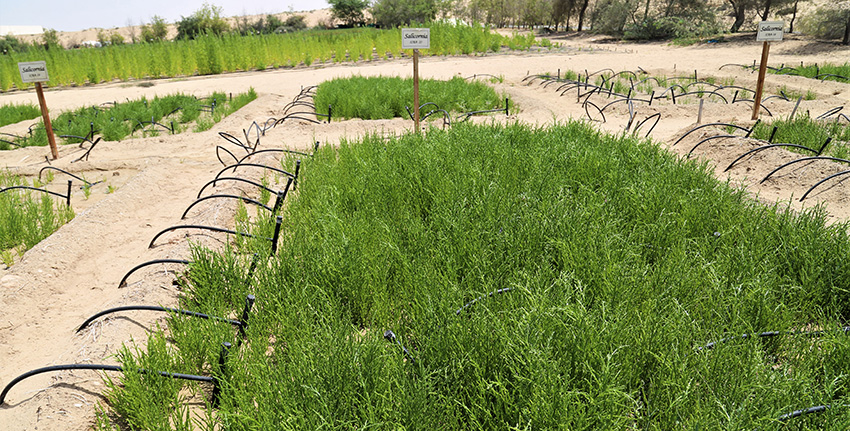
[ad_1]

Drought is one of the most serious consequences of climate change – an archive photo
Experts describe climate change as an imbalance in typical climatic conditions such as heat, wind patterns and precipitation, which characterize each region of the Earth, which can have dramatic effects on natural ecosystems in the long term.
According to environmental experts, these changes are classified into two types, one being the source of nature itself, representing the lowest proportion (13%), while the man bears the greatest responsibility for these changes. changes to 87%.
According to a recent study by a team of international researchers from the universities of Exeter, Great Britain, Vageningen, the Netherlands and Montpellier, the tropical countries of the Arab region tend to be the least emitting of Greenhouse gas, The northernmost land, but will suffer the most from climate variability, which will accentuate climate-related inequalities.
"Temperature fluctuations in the tropics will affect biological systems, threaten food security, agriculture, human and the economy, threaten animal and plant species and dry tropical soils," according to a study published in Science Advances in July. Due to increased evaporation with high temperatures. "
Drought tolerant crops
Dr. Magdy Allam, an environmental expert, reviews these and other studies because they are paying attention to a problem that many people have not talked about seriously in the past.
"Despite what the Arab region has experienced in recent decades with very high temperatures, which predicts more drought and desertification, we have not noticed a serious sense of the magnitude of the problem, which is starting to change as the problem worsens, "said Dr. Allam.
Last summer, the Iraqi city of Amarah and a region of Kuwait recorded the highest temperatures in the world, reaching 51 degrees Celsius.
The World Bank warned in a report released last year that temperatures in the Middle East and North Africa would rise by 6 degrees Celsius by 2050, which means that they could reach 55 or 56 degrees Celsius.

The Bank warned of the disastrous consequences of these climate changes causing a drought on the food security of the Arab population, which imposes urgent solutions put in place by the Arab countries.
"What's positive is that some countries are looking for solutions to deal with the problem because it's an imminent danger," Dr. Allam said.
Among the solutions initiated by the Arab countries, there is the trend towards heat-tolerant plants and research centers that are also working to introduce the genes responsible for the heat transfer of plants to other food plants, said the Dr. Allam.
Egypt, for example, announced last October the trend towards water-saving crops, reducing the area under cultivation of water-consuming plants such as rice and sugar cane and introducing "stevia" as an alternative to sugar cane in this context.
This plant is grown in high temperature areas, high heat helping to increase vegetative growth, requiring only one-fifth of the land needed for reed production and requiring 90% less water, so it is ideal for countries suffering from water scarcity. The production of one acre of this plant corresponds to the cultivation of 80 acres of sugar beet.
A researcher from the Faculty of Agriculture at Zagazig University has succeeded in creating a drought-resistant class called "Orabi" and cultivating it in more than 200,000 feddans in the governorates.

Salt cultivation
Efforts in this regard also include the tendency of some countries, including the United Arab Emirates, to adopt saline salt crops to enable them to address water shortages caused by climate change.
Experiments conducted by the International Salt Culture Center in Dubai, in cooperation with the Government of the United Arab Emirates, have demonstrated the success of growing Salicornia using seawater.
Salicornia is a salt-loving plant used for food and feed, as well as for the production of biofuels, a bifurcated flowering plant that grows with seeds. Salinity, and can grow far from water in areas with rainfall of over 1000 millimeters.

According to a press release published by the Center on its website, the UAE has recently managed to record abundant plant yields, reaching 3 tons of seed per hectare, using seawater passing through the water system. # 39; aquaculture.
Another effort is to produce salt-resistant Chinese rice in the Dubai desert.
"The Center for Research and Development of Cropable Rice in Salt and Alkaline Soils", he said, confirmed the success of agriculture in the desert of Dubai.
Tests have shown that the highest yield for this type of hybrid rice, saline and alkaline hybrid, exceeds 7.8 tons per hectare.

Coastal Management
High temperatures are associated with melting ice in the Arctic, which in turn will cause a rise in sea level, threatening to flood some Arab cities.
An international report by the Intergovernmental Panel on Climate Change (IPCC) released in late 2017 indicates that the city of Alexandria in Egypt is among the threatened cities. The report indicates that the beaches of Alexandria will be flooded even with a rise in sea level of 0.5 meters, while 8 million will be displaced by floods in Alexandria and the Nile Delta, if preventive measures are not taken.
The cities of Aden and Hodeida in Yemen are threatened by floods in the Indian Ocean due to the rising waters, which also requires preventive measures.
The Egyptian, Tunisian, Moroccan and Mauritanian countries started joint cooperation last October, financed by the African Union and the European Union, with a view to joint control of the coasts of these countries and preparing to face the problem.
Omar Badawi, Regional Director of the Sidari Land Resources Program, one of the project co-authors for Al Ain, said experts from participating countries had analyzed their data, through field visits and satellite data, about changes in water levels. Tidal currents, water characteristics such as temperature, salinity, pH, dissolved oxygen concentration, concentrations of components and compounds such as copper, nickel, nitrates and water. # 39; ammonia.
He added that this data would be provided via the telephone application and a website to help government agencies manage the coast and prepare for any risk.

Source link